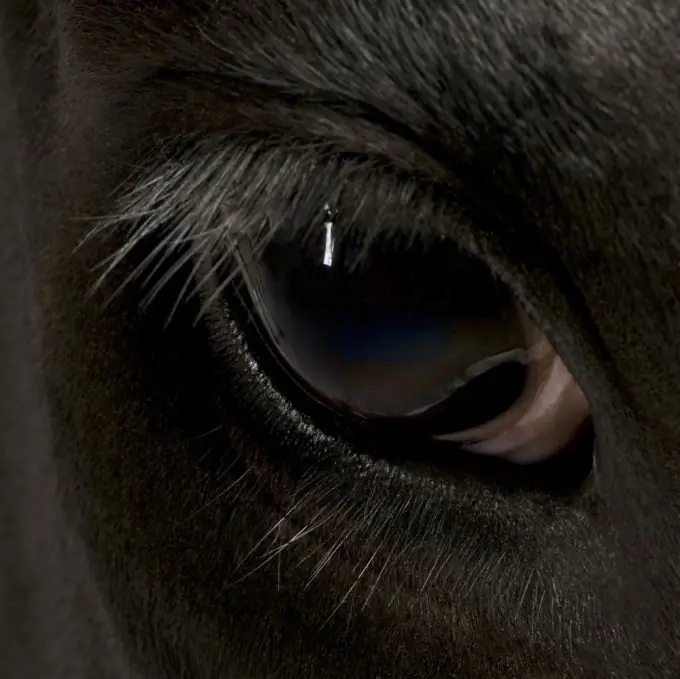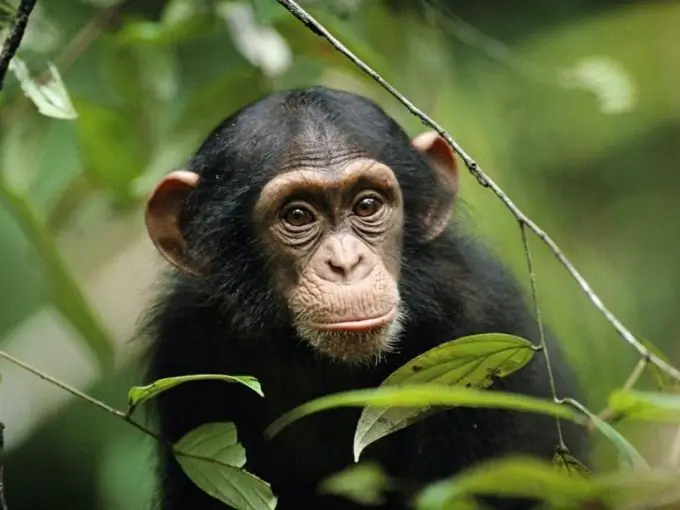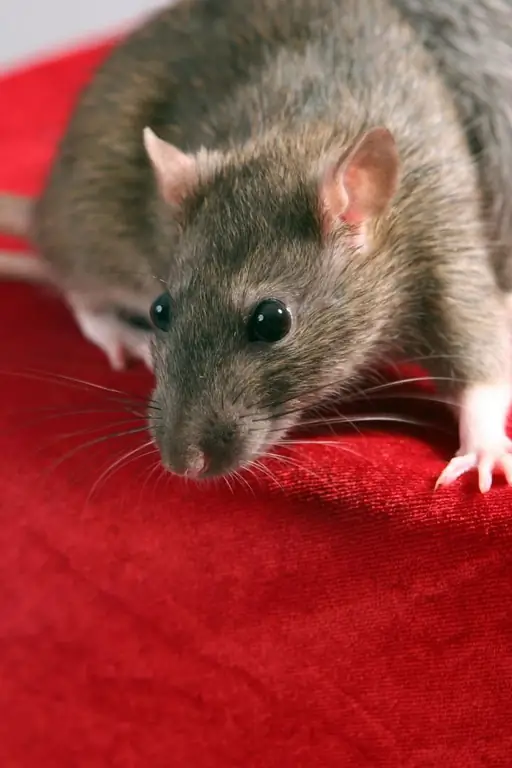- Author Delia Mathews [email protected].
- Public 2024-01-08 22:57.
- Last modified 2025-01-22 15:45.
A person is used to seeing the world in three dimensions, and any deviation from this gives him a lot of inconvenience. The vision of animals, in particular rats, is somewhat different and has its own characteristics. They depend on physiological characteristics, habitat and lifestyle.

Instructions
Step 1
The structure of the eye in rats is the same as in all mammals: the retina, lens, iris and cornea. The retina is somewhat different in its composition. It has two types of light receptors - rods and cones. The former are sensitive to dim light and do not perceive colors at all, while the latter are sensitive to bright colors and perceive colors.
The retina in the rat has only 1% of cones, while in humans they are contained in the amount of 5%. This is why the rat's color perception is much weaker. However, for animals, this is not of great importance, since for them the perception of the brightness of light is much more important, and not its shades.

Step 2
Rats cannot distinguish colors, but they can easily recognize ultraviolet light and even different shades of the green-blue spectrum. The ultraviolet function helps them to see the marks left by their fellows with the help of urine, to distinguish the bodies of animals that reflect the ultraviolet color, and also to see well at dusk.

Step 3
Visual acuity in rats is 30 times less than in humans. And in albino rats with red eyes, it worsens twice more. At the same time, the vision of these rodents has a great depth of field, which determines the range of distances in which an eye with a relaxed accommodative muscle will see all objects in focus. In rats, the depth of field starts from 7 cm and continues indefinitely, while in humans it starts from 2.3 meters.

Step 4
Placing the eyes on the sides of the head reduces binocular vision, but creates opportunities for panoramic vision. This allows you to cover many directions with your eye at once and detect a threat in time. This arrangement of the eyes is typical for those animals that are victims in nature.

Step 5
To remember the surrounding area and their position in it, rats use different visual reference points. When orienting among closely spaced objects, these animals prefer to use their whiskers. The rat's vision usually deteriorates with age.






